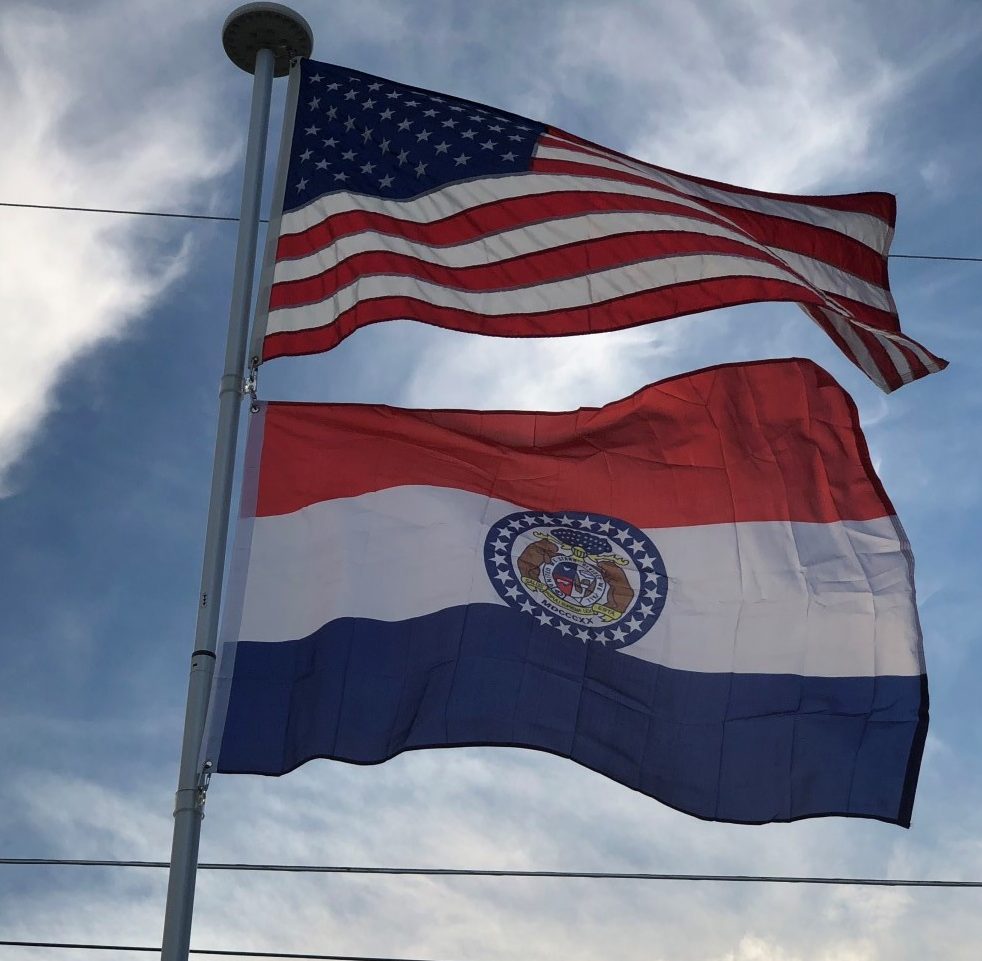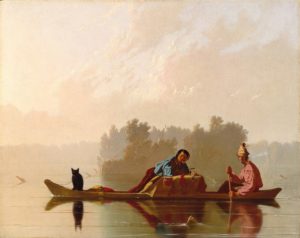
St. Louis became the center of a regional fur trade with Native American tribes that extended up the Missouri and Mississippi rivers, which dominated the regional economy for decades. Trading partners of major firms shipped their furs from St. Louis by river down to New Orleans for export to Europe. They provided a variety of goods to traders, for sale and trade with their Native American clients. The fur trade and associated businesses made St. Louis an early financial center and provided the wealth for some to build fine houses and import luxury items. Its location near the confluence of the Illinois River meant it also handled produce from the agricultural areas. River traffic and trade along the Mississippi were integral to the state’s economy, and as the area’s first major city, St. Louis expanded greatly after the invention of the steamboat and the increased river trade.
Napoleon Bonaparte had gained Louisiana for French ownership from Spain in 1800 under the Treaty of San Ildefonso. But the treaty was kept secret. Louisiana remained nominally under Spanish control until a transfer of power to France on November 30, 1803, just three weeks before the cession to the United States.
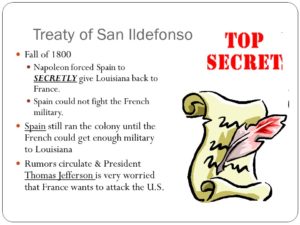
Purchase by the United States:
Part of the 1803 Louisiana Purchase by the United States, Missouri earned the nickname Gateway to the West because it served as a major departure point for expeditions and settlers heading to the West during the 19th century. St. Charles, just west of St. Louis, was the starting point and the return destination of the Lewis and Clark Expedition, which ascended the Missouri River in 1804, in order to explore the western lands to the Pacific Ocean. St. Louis was a major supply point for decades, for parties of settlers heading west.
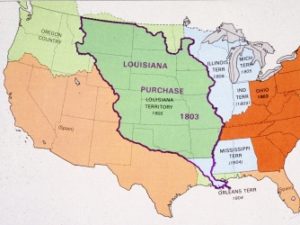
As many of the early settlers in western Missouri migrated from the Upper South, they brought enslaved African Americans as agricultural laborers, and they desired to continue their culture and the institution of slavery. They settled predominantly in 17 counties along the Missouri River, in an area of flatlands that enabled plantation agriculture and became known as “Little Dixie.” In 1821 the former Missouri Territory was admitted as a slave state, in accordance with the Missouri Compromise, and with a temporary state capital in St. Charles. In 1826, the capital was shifted to its current, permanent location of Jefferson City, also on the Missouri River.
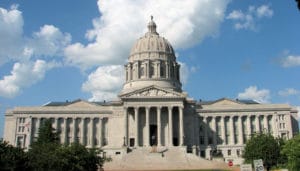
In the early 1830s, Mormon migrants from northern states and Canada began settling near Independence and areas just north of there. Conflicts over religion and slavery arose between the ‘old settlers’, mainly from the South, and the Mormons, mainly from the North. The Mormon War erupted in 1838. By 1839, with the help of an “Extermination Order” by Governor Lilburn Boggs, the old settlers forcefully expelled the Mormons from Missouri and confiscated their lands.
